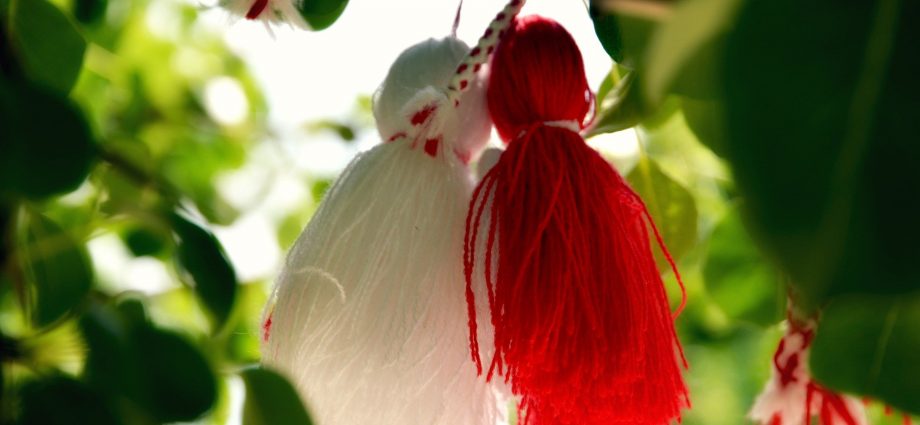As A Spring Ritual; Martenicka
Every year, with the start of March, wrists called Martenicka, which are knitted from red and white threads, are worn in the Balkan and Thrace geography. We have researched the meaning and story of marteniçka bracelets, which are made as a spring ritual and are known with names such as Marteniçka, martenitsa, and martipi …
What Is Martenicka?
Martenicka, Martipi or Martenitsa is the name given to the bracelets and ornaments worn on the wrists from 1 March in the Balkan and Thrace geography. Although it is known as an old Bulgarian tradition, Marteniçka is a spring ritual known all over the Balkan geography and celebrated every year.
The peoples of the Balkans welcome the spring with bracelets, ornaments and figures made of red and white threads as of March 1. Marteniçka, an old tradition, is still valid in the Balkans and Thrace.
According to the natural calendar, it is known that storks set out for migration at the end of February. The departure of the storks for migration is regarded as an indicator of the arrival of spring. These bracelets and ornaments prepared with red and white threads in March are attached to the wrists with wishes of goodness, health and abundance. When the first stork of the year is seen, it is removed from the wrists and attached to a fruit-bearing tree. It is believed that if the stork is seen, the wishes that beg while hanging on the martenschka will come true.

What Is The Story Of Martenicka?
Various legends about Marteniçkaya are told in Bulgarian folklore. One of them is Baba Marta. Bulgarians believe that from March 1 the days of Baba Marta (Granny Marta) begin. Baba Marta – Granny Marta is one of the most revered traditions preserved to this day. Bracelets made are also attached to homes, pets or trees. Thus, wishes are made for the new agricultural year to be fruitful and productive.
The first martenittas were made of red and white threads without using any other jewelry and details, and were worn on people and animals to protect them from the evil eye. Sometimes gold or silver coins were tied to the twisted rope. Thus, it was believed that he would be protected from diseases.
The sense of beauty and aesthetics of the people, which is an authentic art, also shows itself in martenittas in later periods. Previously, it can also be seen in different shapes such as tassel, ball, human in two colors. The shapes that have the most important place in the history of martenitsa are; They are puppets made of rope, known as “Pijo and Penda”.
The white color used in martenitsa represents longevity, and the red color represents health and strength.
How To Make Martenicka?
According to tradition, martenchkas should not be bought, either gifted or knitted. In the Balkan geography, on March 1, everyone gifts each other a marteniçka. It is quite easy to knit martenchka. A piece of red thread and a piece of white thread are enough to knit a martenschka. You can knit a marteniçka by tying the red and white thread together at one end and wrapping the other ends together. He can knit martenschka as he wishes with a crochet or aneedle. Beads and ornaments can also be attached to the martenchka upon request.


